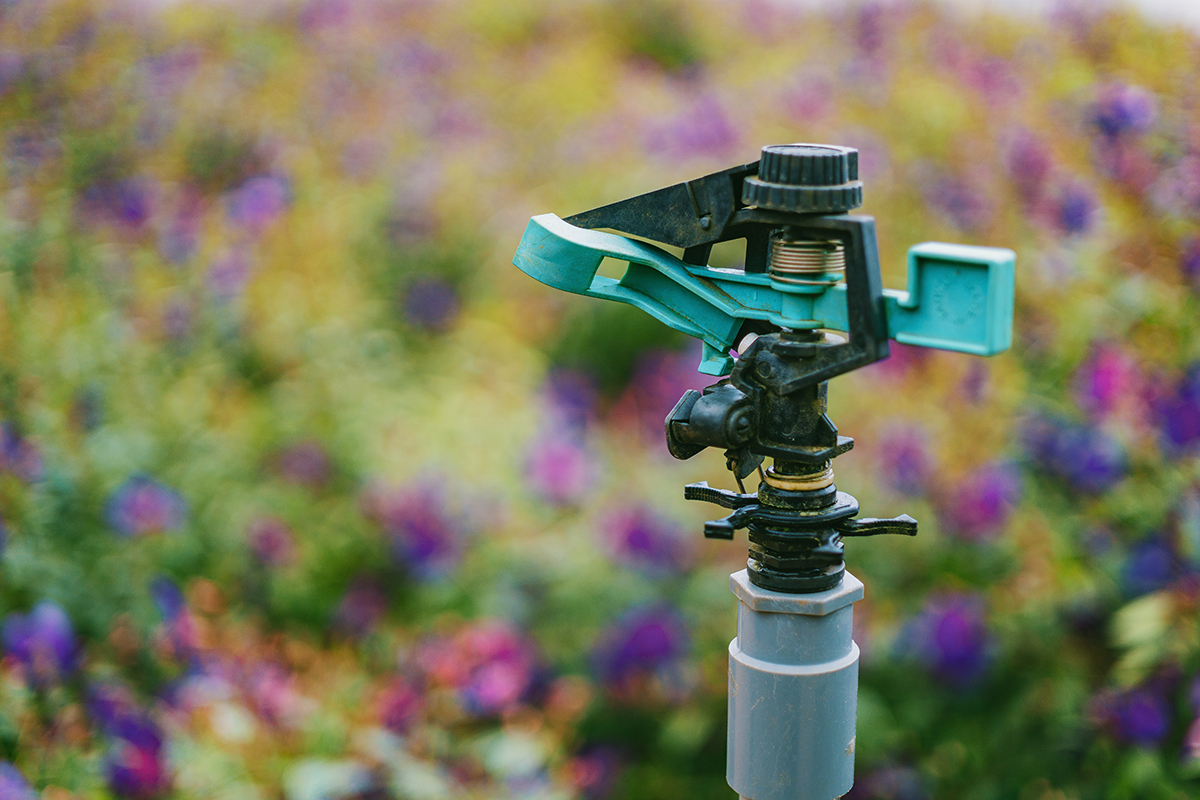Spring Startups
Spring brings the most exciting season in the landscaping industry, with warmer weather and longer days, it is the perfect time to get your landscape looking stellar. One of the main ingredients to a happy landscape is the right amount of irrigation. Spring start ups provide us a chance to review and renovate our current irrigation systems. With all the great new technology available, it is important to do your research before installing any new products. Smart controllers are capable of automatically adjusting your irrigation schedule based on site specific needs. It requires additional initial investment, but can provide a great return on investment with the water savings which equals real $$$ savings! Hunter and Rainbird make some great user friendly models.
So where do you start on an irrigation spring assessment? You will want to start at your irrigation controller and run through every station making sure they all still work with the controller. Next, you will be inspecting each valve for damage. Be sure to check the connected lateral lines, drip tubing, bubblers and sprinklers. Look for obvious leaks but also pay attention to low water pressure it may be a sign of an underground leak that is not visible. Make sure if you have sprinklers they are adjusted properly as not to over-spray onto adjacent hardscapes.
Once you have located and repaired any leaks it’s time to program your controller. Water is still a precious resource, so this is the most important part. Don’t over water! Another great way to reduce your H2O usage is to reduce the number of days you irrigate and the duration of your run times. Most established turf areas only need 2-3 watering days per week with shrubs needing only 1-2 watering days per week. Remember, your landscape is a living, growing place! Monitor your plants, lawn, and soil often, to ensure you are not over watering or under watering.
There are many strategies to adjusting your controller. Example: Instead of watering your lawn for 30 minutes all at once, split it up into three 10-minute cycles, each separated by an hour. This will provide time for the water to soak into the ground and reduce run off.
Stay tuned for more education corner blogs in future newsletters!
spring s
-K&D Technical Team

